Sharpie Pen Color Science
We did some research and found out there’s a fun, easy, and quick way to create tie dye patterns in an instant using markers. It’s […]
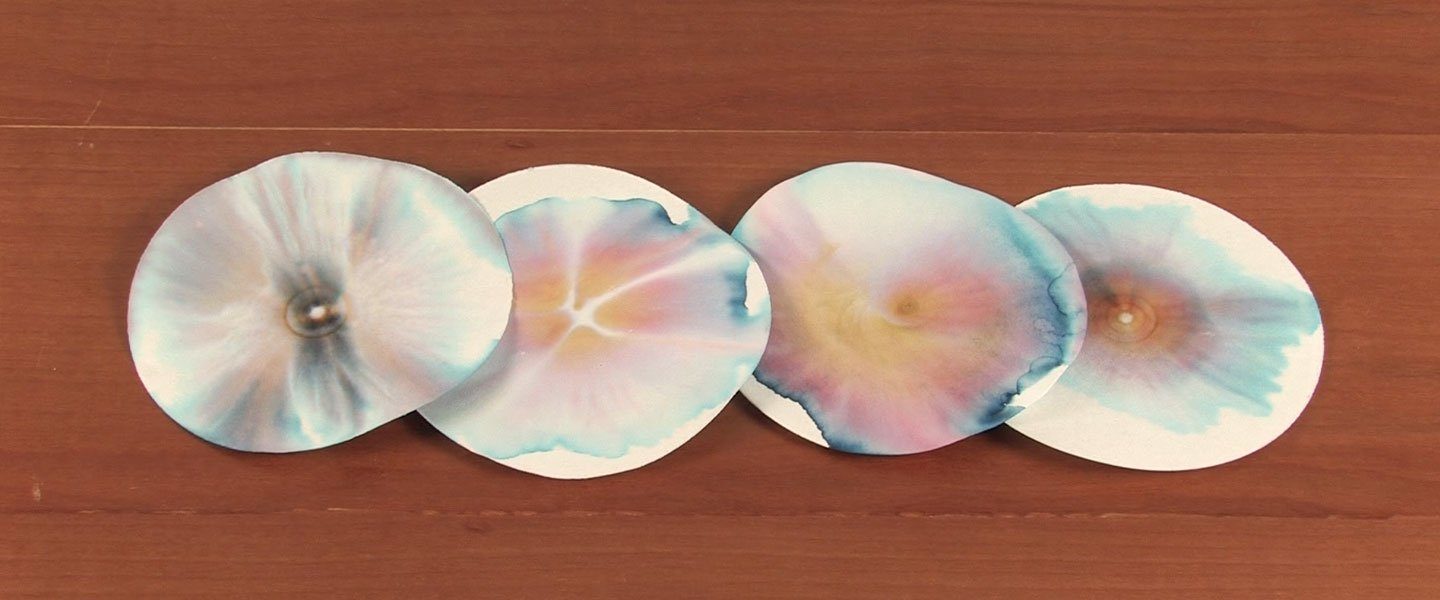
What color is black? Some people answer with a simple “black,” while others respond with something like “black is the absence of all color.” If you have ever run out of black paint or your black pen ran dry, you probably know how to make the color black. Mix a little blue with red and yellow and green and orange and purple and you finally make the color black. Do the people who make black pens mix different colors to make black? Using a technique called chromatography, let’s find out exactly what makes up the color in that black pen.
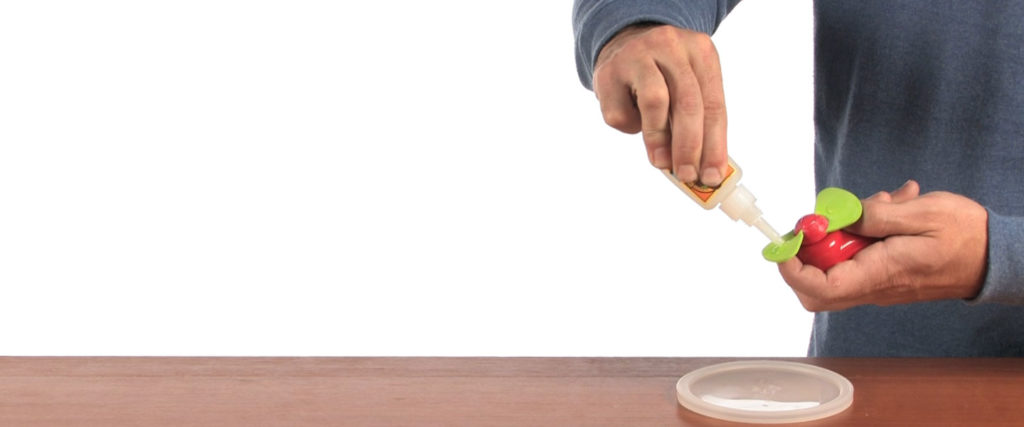
Use strong glue to attach a plastic lid that’s about the size of the filter paper to the center of the fan blades with the edges of the lid pointing in an outward direction.
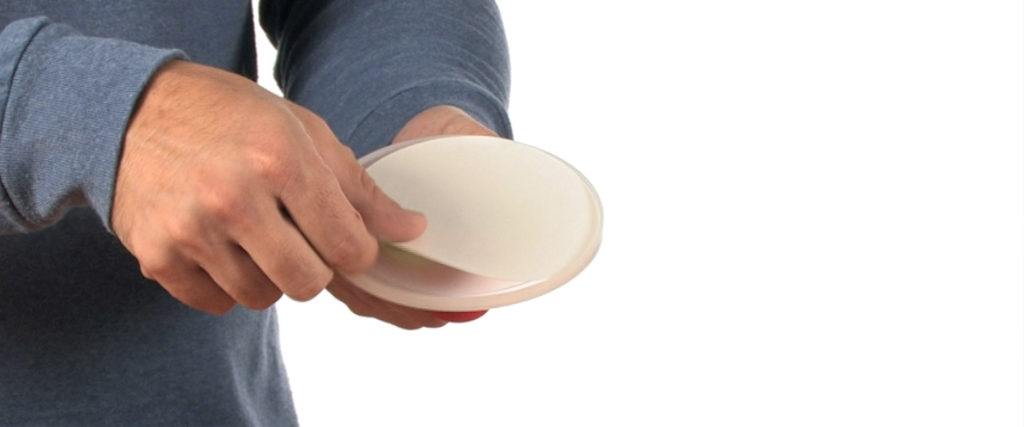
Lay the filter paper on the plastic lid, allowing the edges of the lid to hold it in place. This method requires a lot of trial and error to get the filter paper spinning just right.
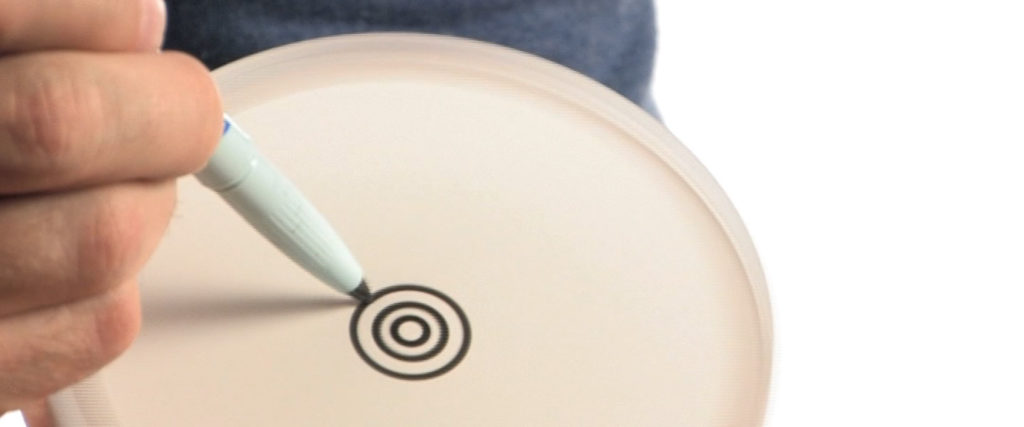
Draw black dots on the filter paper or simply touch the tip of the water-soluble black pen to the spinning filter paper to draw a perfect circle in the very center of the filter paper.
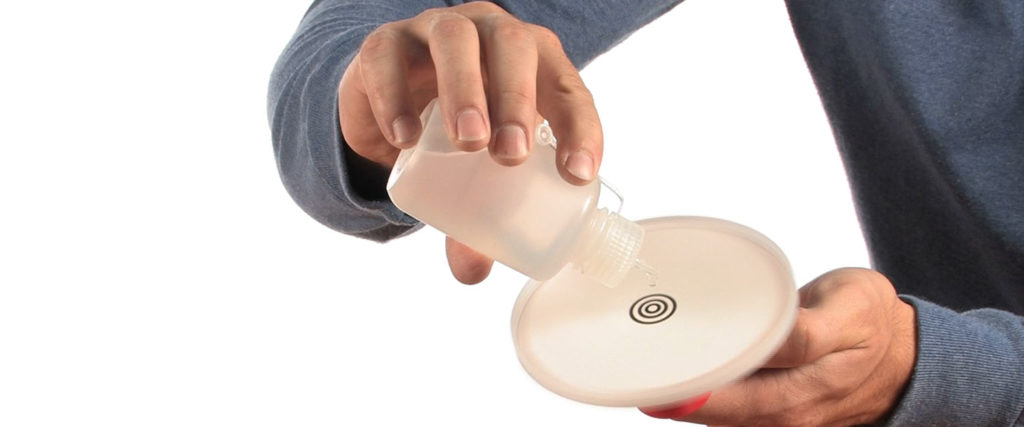
Using an eye-dropper or a plastic pipette, drip just a few drops of water onto the middle of the spinning filter paper.
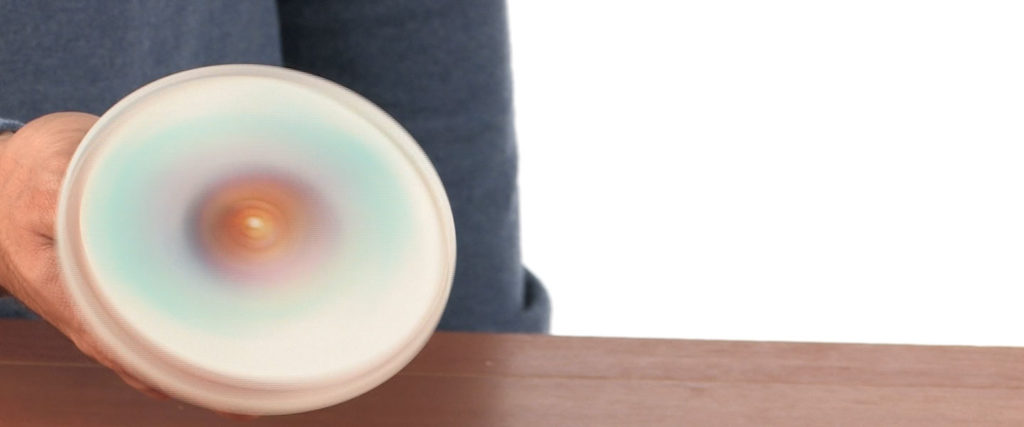
Watch as the water spins outward, spreading the ink, and colors, out into the filter paper.
So, is black really just black? No! There’s literally a rainbow of colors hiding in just one black dot! The burst of color that you see on the filter paper proves that black is really a combination of colors. This technique of color separation is actually called chromatography, which was originally used to separate different plant pigments. The science behind the rainbow is simply this – the ink dissolves in the water (that’s why they call it water soluble) and moves in between the fibers of the paper where it is separated into bands of color. You might see as many as six or seven different circles of color. When the drops of water will mix with the black ink and the centripetal action of the spinning paper causes the ink to spread out in a circular pattern.
MAKING CHROMATOGRAPHY FLOWERS
Preforming the Spin Art – Is Black Really Black SICK Science activity is pretty cool, but it isn’t a science fair project, yet. You can create a science fair project by identifying a variable, or something that changes, in this experiment. Let’s take a look at some of the variable options that might work:
Those are just a couple of ideas, but you aren’t limited to those! Try coming up with different ideas of variables and give them a try. Remember, you can only change one thing at a time. If you are testing a different brands of pens, make sure that the other factors are remaining the same!